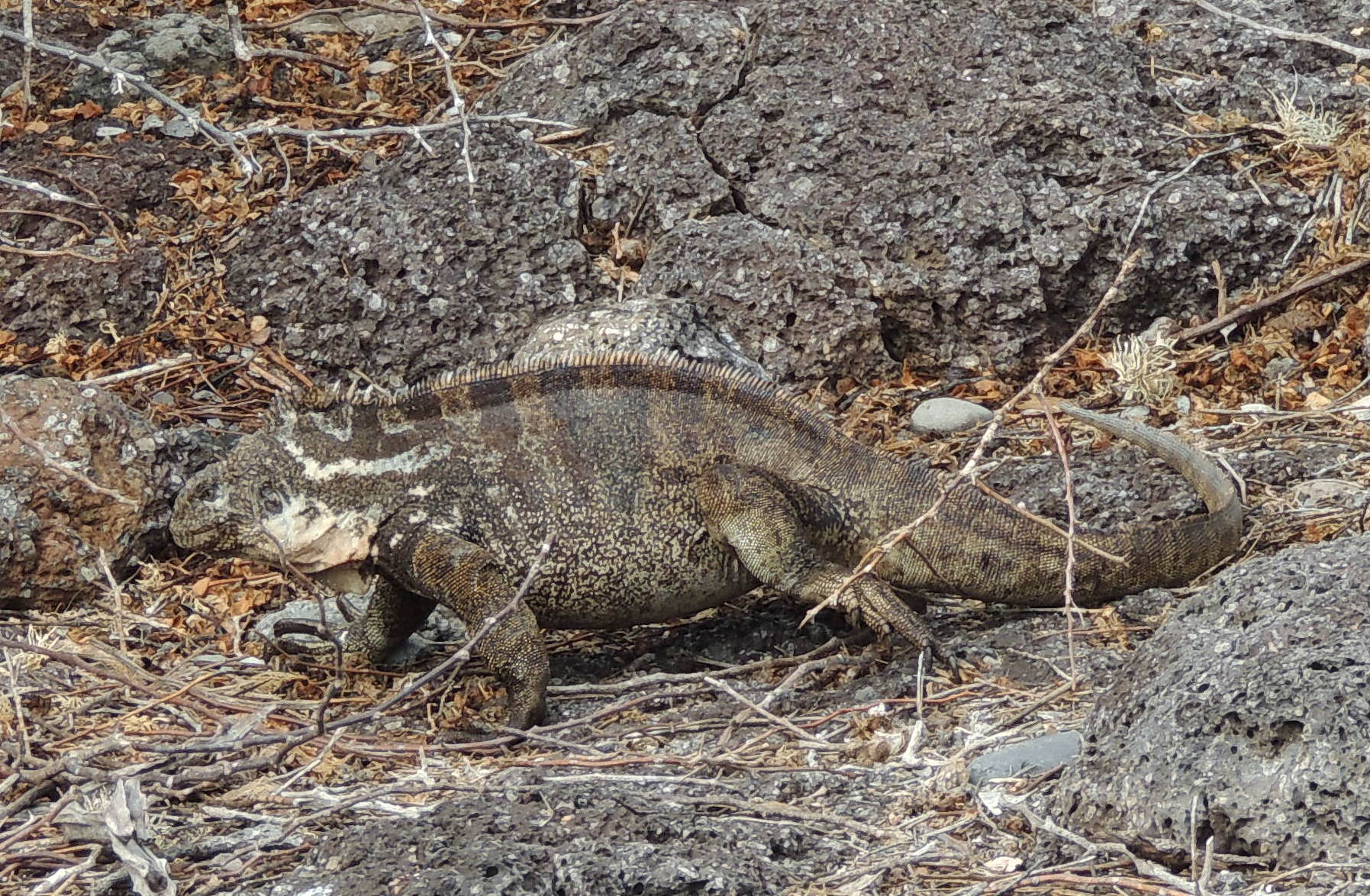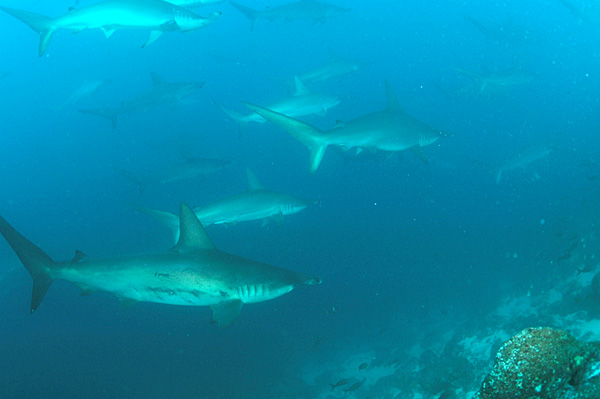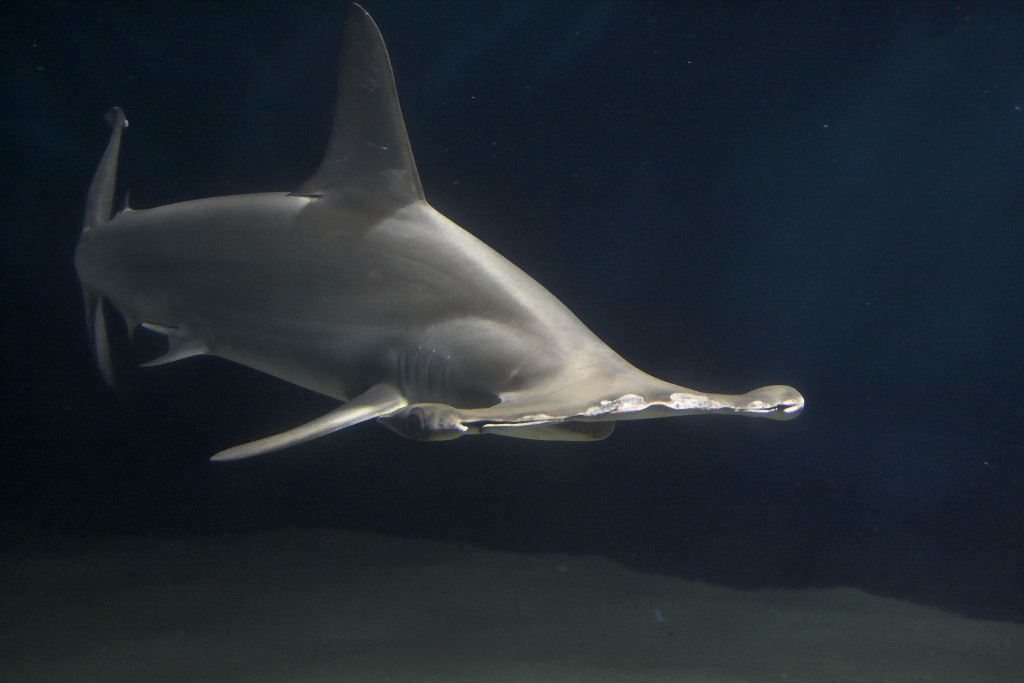|
Galápagos National Park
Galápagos National Park ( es, Parque Nacional Galápagos) was established in 1959. It began operation in 1968, and it is Ecuador's first national park and a UNESCO World Heritage Site. Park history The government of Ecuador has designated 97% of the land area of the Galápagos Islands as the country's first national park. The remaining 3% is distributed between the inhabited areas of Santa Cruz, San Cristóbal, Baltra, Floreana and Isabela. In 1971, the Galápagos National Park Service had its first Superintendent, 2 officers and 6 park rangers on Santa Cruz Island. In 1974, the Galápagos National Park Service had its first management plan and a team of officials in accordance with the organic structure issued in 1973, with a Superintendent, 2 conservation officers, 40 park rangers to comply with management objectives. On Santa Cruz is the Charles Darwin Research Station. In 1979 UNESCO declared the Galápagos Islands Natural Heritage for Humanity, making the Park Se ... [...More Info...] [...Related Items...] OR: [Wikipedia] [Google] [Baidu] |
Galápagos Islands
The Galápagos Islands (Spanish: , , ) are an archipelago of volcanic islands. They are distributed on each side of the equator in the Pacific Ocean, surrounding the centre of the Western Hemisphere, and are part of the Republic of Ecuador. Located west of continental Ecuador, the islands are known for their large number of endemic species that were studied by Charles Darwin during the second voyage of HMS ''Beagle''. His observations and collections contributed to the inception of Darwin's theory of evolution by means of natural selection. The Galápagos Islands and their surrounding waters form the Galápagos Province of Ecuador, the Galápagos National Park, and the Galápagos Marine Reserve. The principal language on the islands is Spanish. The islands have a population of slightly over 25,000. The first recorded visit to the islands happened by chance in 1535, when Fray Tomás de Berlanga, the Bishop of Panamá, was surprised to find this undiscovered land on a vo ... [...More Info...] [...Related Items...] OR: [Wikipedia] [Google] [Baidu] |
Marine Iguana
The marine iguana (''Amblyrhynchus cristatus''), also known as the sea iguana, saltwater iguana, or Galápagos marine iguana, is a species of iguana found only on the Galápagos Islands (Ecuador). Unique among modern lizards, it is a marine reptile that has the ability to forage in the sea for algae, which makes up almost all of its diet. Marine iguanas are the only extant lizard that spends time in a marine environment. Large males are able to dive to find this food source, while females and smaller males feed during low tide in the intertidal zone. They mainly live in colonies on rocky shores where they bask after visiting the relatively cold water or intertidal zone, but can also be seen in marshes, mangrove swamps and beaches. Large males defend territories for a short period, but smaller males have other breeding strategies. After mating, the female digs a nest hole in the soil where she lays her eggs, leaving them to hatch on their own a few months later. Marine iguanas vary ... [...More Info...] [...Related Items...] OR: [Wikipedia] [Google] [Baidu] |
Protected Areas Established In 1959
Protection is any measure taken to guard a thing against damage caused by outside forces. Protection can be provided to physical objects, including organisms, to systems, and to intangible things like civil and political rights. Although the mechanisms for providing protection vary widely, the basic meaning of the term remains the same. This is illustrated by an explanation found in a manual on electrical wiring: Some kind of protection is a characteristic of all life, as living things have evolved at least some protective mechanisms to counter damaging environmental phenomena, such as ultraviolet light. Biological membranes such as bark on trees and skin on animals offer protection from various threats, with skin playing a key role in protecting organisms against pathogens and excessive water loss. Additional structures like scales and hair offer further protection from the elements and from predators, with some animals having features such as spines or camouflage servin ... [...More Info...] [...Related Items...] OR: [Wikipedia] [Google] [Baidu] |
National Parks Of Ecuador
National may refer to: Common uses * Nation or country ** Nationality – a ''national'' is a person who is subject to a nation, regardless of whether the person has full rights as a citizen Places in the United States * National, Maryland, census-designated place * National, Nevada, ghost town * National, Utah, ghost town * National, West Virginia, unincorporated community Commerce * National (brand), a brand name of electronic goods from Panasonic * National Benzole (or simply known as National), former petrol station chain in the UK, merged with BP * National Car Rental, an American rental car company * National Energy Systems, a former name of Eco Marine Power * National Entertainment Commission, a former name of the Media Rating Council * National Motor Vehicle Company, Indianapolis, Indiana, USA 1900-1924 * National Supermarkets, a defunct American grocery store chain * National String Instrument Corporation, a guitar company formed to manufacture the first resonator gui ... [...More Info...] [...Related Items...] OR: [Wikipedia] [Google] [Baidu] |
Charles Darwin
Charles Robert Darwin ( ; 12 February 1809 – 19 April 1882) was an English naturalist, geologist, and biologist, widely known for his contributions to evolutionary biology. His proposition that all species of life have descended from a common ancestor is now generally accepted and considered a fundamental concept in science. In a joint publication with Alfred Russel Wallace, he introduced his scientific theory that this branching pattern of evolution resulted from a process he called natural selection, in which the struggle for existence has a similar effect to the artificial selection involved in selective breeding. Darwin has been described as one of the most influential figures in human history and was honoured by burial in Westminster Abbey. Darwin's early interest in nature led him to neglect his medical education at the University of Edinburgh; instead, he helped to investigate marine invertebrates. His studies at the University of Cambridge's Christ's Col ... [...More Info...] [...Related Items...] OR: [Wikipedia] [Google] [Baidu] |
The Life Cairn
The Life Cairn is a type of public memorial built around the world for species rendered extinct by human activity. It takes the form of a cairn. The first Life Cairn was raised on Mount Caburn, near Lewes in East Sussex. The inaugural opening ceremony was held on 22 May 2011. A Life Cairn was dedicated to Lonesome George at the Galapagos National Park on 26 July 2012 and an additional Life Cairn is being raised in Stockholm. The Life Cairn memorial programme was started by BBC TV presenter Reverend Peter Owen Jones, known for his TV series ''Around the World in 80 Faiths ''Around the World in 80 Faiths'' is a British television series which was first broadcast by the BBC on 2 January 2009. The series was presented by Anglican vicar Pete Owen-Jones, who was researching the various faiths from around the world. T ...'' and Andreas Kornevall, the Director for the environmental charity, the Earth Restoration Service (Registered Charity No. 1118951). References Monuments ... [...More Info...] [...Related Items...] OR: [Wikipedia] [Google] [Baidu] |
Tortuga Bay
Tortuga Bay is located on the Santa Cruz Island, about a 20-minute water-taxi ride from the main water taxi dock in Puerto Ayora. There is also a walking path, which is and is open from six in the morning to six in the evening. Visitors must sign in and out at the start of the path with the Galapagos Park Service office. Tortuga Bay has a gigantic, perfectly preserved beach that is forbidden to swimmers and is preserved for the wildlife where many marine iguanas, galapagos crabs and birds are seen dotted along the volcanic rocks. There is a separate cove where you can swim where it is common to view white tip reef sharks swimming in groups and on occasion tiger sharks There is always a large variety of small fish, birds, including the brown pelican and gigantic galápagos tortoise. The Galápagos Islands were discovered in 1535, but first appeared on the maps, of Gerardus Mercator and Abraham Ortelius, in about 1570. The islands were named "Insulae de los Galopegos" (Islan ... [...More Info...] [...Related Items...] OR: [Wikipedia] [Google] [Baidu] |
Wolf Island
Wolf Island (Spanish: ''Isla Wolf'') or Wenman Island is a small island in the Galápagos Islands and was named after the German geologist Theodor Wolf, who also has the volcano Wolf on Isabela Island named after him. It has an area of and a maximum altitude of above sea level. The island is remote from the main island group and has no permanent population. The Galápagos National Park does not allow landing on the island; however, it is a popular diving location. The group formed by Darwin Island and Wolf was previously known as Culpepper and Wenman. Geology Wolf Island is the remains of an extinct volcano that reaches a maximum above sea level, it is situated north west of the main Galápagos Island group on the Wolf-Darwin Lineament that extends from the Galápagos Platform to the Galápagos Spreading Center, a mid ocean ridge separating the Nazca and Cocos tectonic plates. Like its near neighbour Darwin Island, Wolf Island is upstream of the magma plume, in terms of p ... [...More Info...] [...Related Items...] OR: [Wikipedia] [Google] [Baidu] |
Hammerhead Shark
The hammerhead sharks are a group of sharks that form the family Sphyrnidae, so named for the unusual and distinctive structure of their heads, which are flattened and laterally extended into a "hammer" shape called a cephalofoil. Most hammerhead species are placed in the genus ''Sphyrna'', while the winghead shark is placed in its own genus, ''Eusphyra''. Many different, but not necessarily mutually exclusive, functions have been postulated for the cephalofoil, including sensory reception, manoeuvering, and prey manipulation. The cephalofoil gives the shark superior binocular vision and depth perception. Hammerheads are found worldwide in warmer waters along coastlines and continental shelves. Unlike most sharks, some hammerhead species usually swim in Shoaling and schooling, schools during the day, becoming solitary hunters at night. Description The known species range from in length and weigh from . One specimen caught off the Florida coast in 1906 weighed over . They are u ... [...More Info...] [...Related Items...] OR: [Wikipedia] [Google] [Baidu] |
Galápagos Tortoise
The Galápagos tortoise or Galápagos giant tortoise (''Chelonoidis niger'') is a species of very large tortoise in the genus ''Chelonoidis'' (which also contains three smaller species from mainland South America). It comprises 15 subspecies (13 Extant taxon, extant and 2 extinct). It is the largest living species of tortoise, with some modern Galápagos tortoises weighing up to . With lifespans in the wild of over 100 years, it is one of the longest-lived vertebrates. Captive Galapagos tortoises can live up to 177 years. For example, a captive individual, Harriet (tortoise), Harriet, lived for at least 175 years. Spanish explorers, who discovered the islands in the 16th century, named them after the Spanish ''wikt:en:galápago#Spanish, galápago'', meaning "tortoise". Galápagos tortoises are native to seven of the Galápagos Islands. Turtle shell, Shell size and shape vary between subspecies and populations. On islands with humid highlands, the tortoises are larger, with d ... [...More Info...] [...Related Items...] OR: [Wikipedia] [Google] [Baidu] |
Whitetip Reef Shark
The whitetip reef shark (''Triaenodon obesus'') is a species of requiem shark, in the family Carcharhinidae, and the only member of its genus. A small shark that does not usually exceed in length, this species is easily recognizable by its slender body and short but broad head, as well as tubular skin flaps beside the nostrils, oval eyes with vertical pupils, and white-tipped dorsal and caudal fins. One of the most common sharks found on Indo-Pacific coral reefs, the whitetip reef shark occurs as far west as South Africa and as far east as Central America. It is typically found on or near the bottom in clear water, at a depth of . During the day, whitetip reef sharks spend much of their time resting inside caves. Unlike other requiem sharks, which rely on ram ventilation and must constantly swim to breathe, this shark can pump water over its gills and lie still on the bottom. At night, whitetip reef sharks emerge to hunt bony fishes, crustaceans, and octopus in groups, their elo ... [...More Info...] [...Related Items...] OR: [Wikipedia] [Google] [Baidu] |






